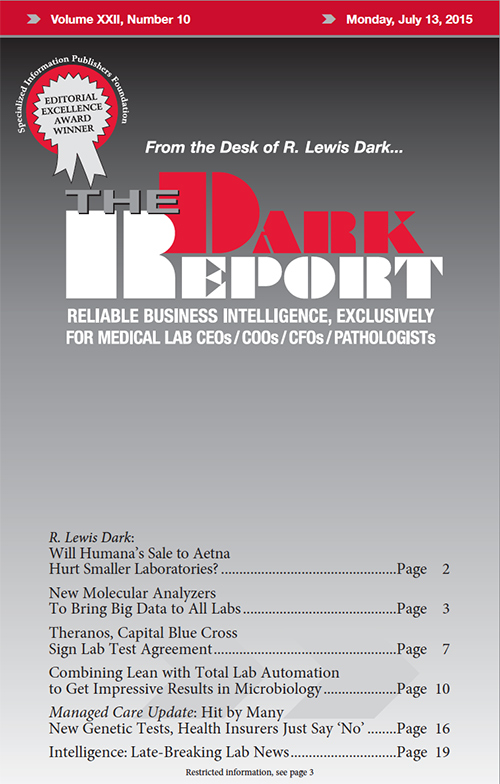CEO SUMMARY: By combining total lab automation with Lean techniques in a comprehensive makeover of its microbiology lab, one of the largest labs providing hospital acute care and community microbiology services in North America achieved major benefits. Benefits ranged from improvements in lab result turnaround time and reduced errors to significant gains in staff productivity and the quality of lab test results. Productivity improvements allowed the micro lab to absorb a 15% increase in specimen volume while staff levels were reduced by six full-time equivalent MLTs.
To access this post, you must purchase The Dark Report.


